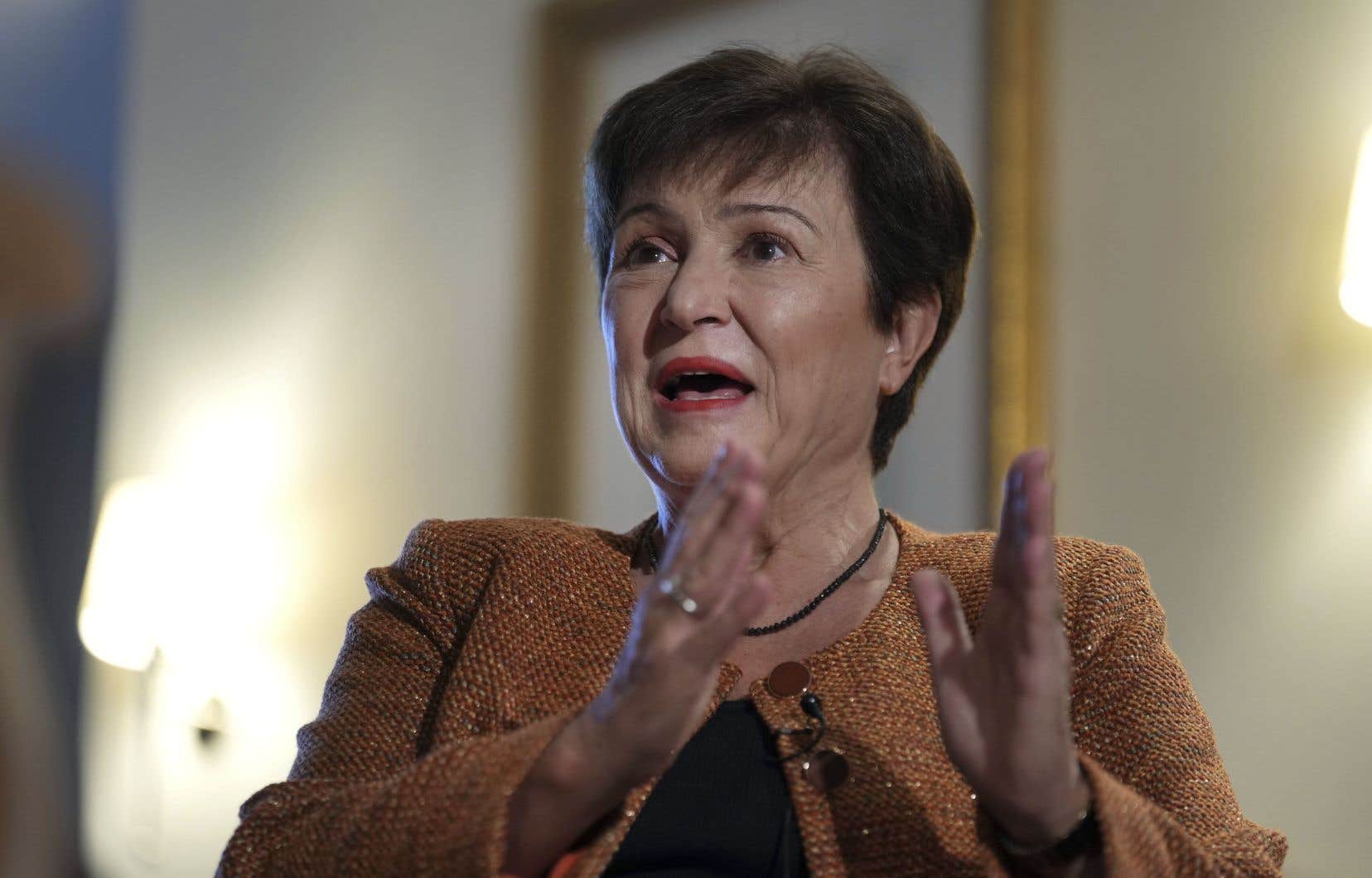The world economy should experience one of the weakest periods of growth in recent decades and be below 3% in 2023, said Thursday the Managing Director of the International Monetary Fund (IMF), Kristalina Georgieva, on the occasion of her speech launching the institution’s spring meetings.
“Despite the strength of labor markets and consumer spending in the majority of advanced economies as well as the recovery linked to the reopening of China, we anticipate growth of less than 3% for 2023,” said Mr.me Georgieva in front of an audience of diplomats in Washington.
The previous update of the IMF’s world economy report, at the end of January, already forecast growth of 2.9% in 2023, slightly better than the first estimates published last October.
While growth should be there for the main emerging countries, particularly China and India, it should be even weaker than the IMF had hoped so far for the advanced economies. Some 90% of them see their forecasts revised downwards, even if the recession should be avoided in the majority of cases.
The trend should last: “we expect growth around 3% over the next five years, our weakest medium-term outlook since 1990,” added Kristalina Georgieva.
Under these conditions, the continuation of monetary tightening in order to fight against inflation which remains “stubbornly high” must remain the priority, insisted the Director General, despite the risks of destabilization of the financial sector.
Risks that it considers however “limited” and that central banks can prevent by “using their financial policies to ensure the stability” of the sector.
Kristalina Georgieva was also worried about the state of public finances in most countries, while public debt soared almost everywhere in the world, under the effect of the COVID-19 pandemic and then consequences of the Russian invasion of Ukraine.
The challenges to be met are significant, in particular to enable the ecological transition of emerging countries, whose needs are estimated at 1,000 billion dollars per year over the next few years. This will require “our wealthiest members to help fill the gaps” in fundraising.
Even more so when low-income countries face difficulties in accessing the debt market, due to rising costs linked to the increase in the rates of the main central banks.
These nations are often in financial difficulty: the total amount of funds made available by the IMF has thus increased sharply, to 300 billion dollars, in recent months.
This could continue as “nearly 15% of low-income countries are already in debt trouble and 45% are close to plunging into it”, insisted Mr.me Georgiava.
